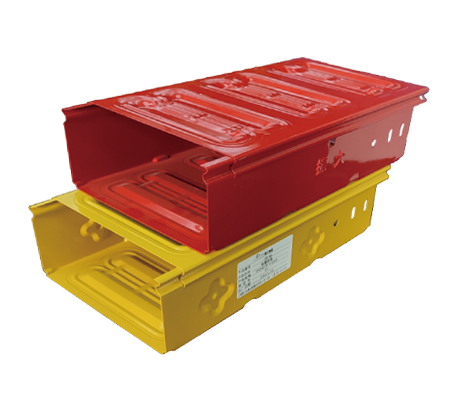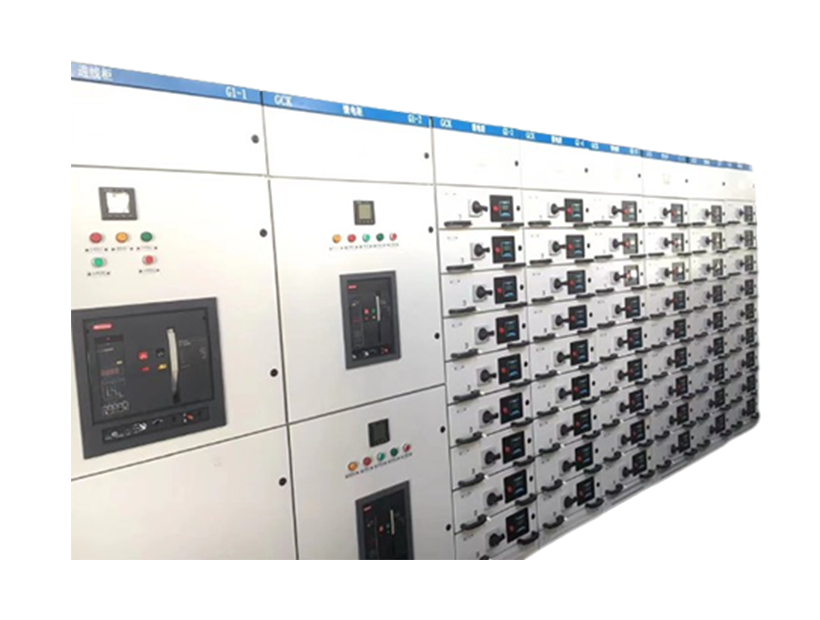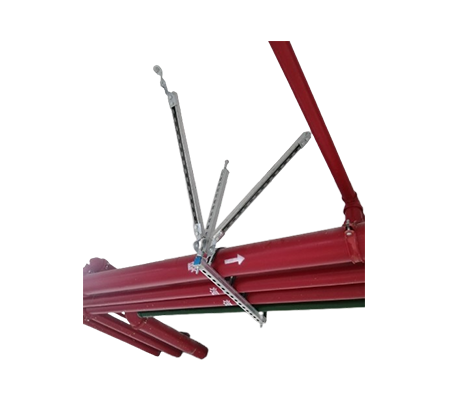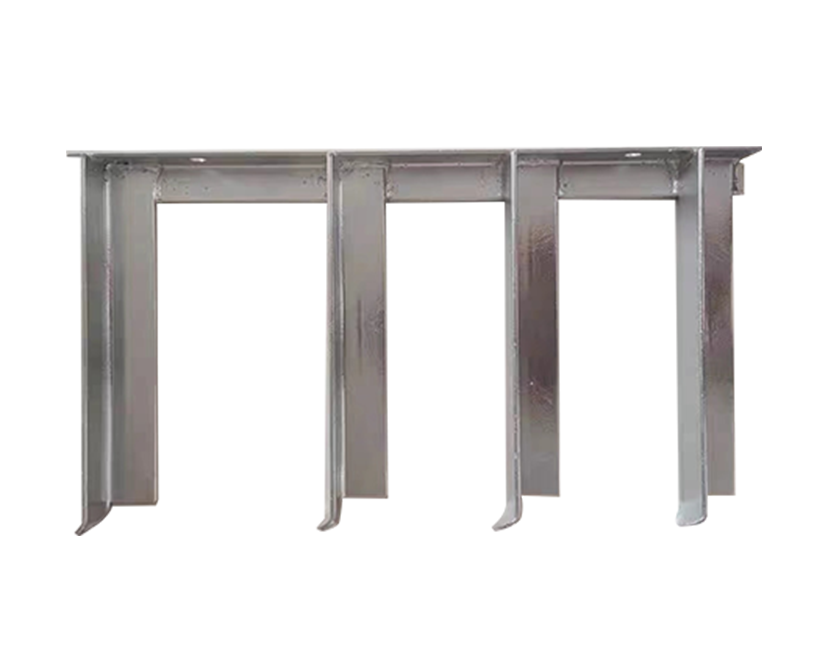The connection of high-voltage distribution equipment in Electrical substation, as well as the connection of electrical equipment such as transformers and corresponding distribution equipment, mostly adopts bare conductors or stranded wires with rectangular or circular cross-section, which are collectively referred to as buses. The function of a busbar is to collect, distribute, and transmit electrical energy. Due to the enormous amount of electrical energy passing through the busbar during operation, it bears significant heating and electrodynamic effects during short circuits. Therefore, it is necessary to choose the busbar material, cross-sectional shape, and cross-sectional area reasonably to meet the requirements of stable and economic operation<
Busbars are divided into hard busbars and soft busbars according to their structure. Hard busbar is further divided into rectangular busbar and tubular busbar<
Rectangular busbar is generally used from the main transformer to the distribution room, with the advantages of convenient construction and installation, small changes in operation, large carrying capacity, but high cost<
The flexible busbar is used outdoors, and due to the large space, the swing of the wires does not cause insufficient distance between the wires. Soft busbar construction is simple and cost-effective.





